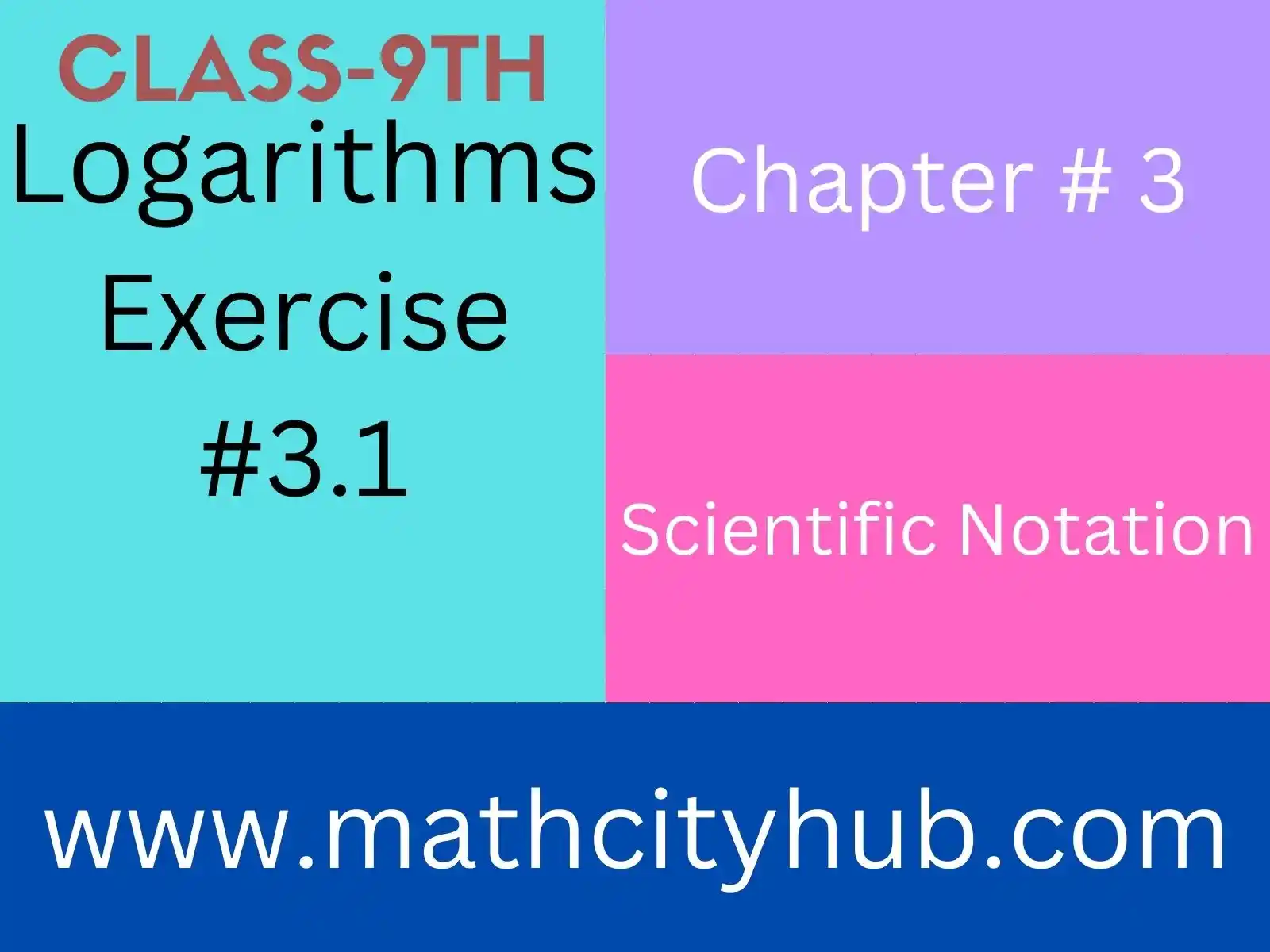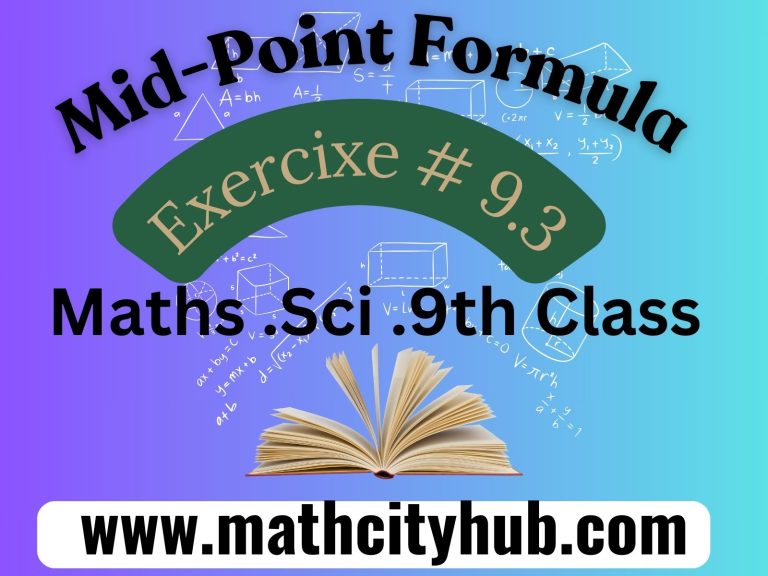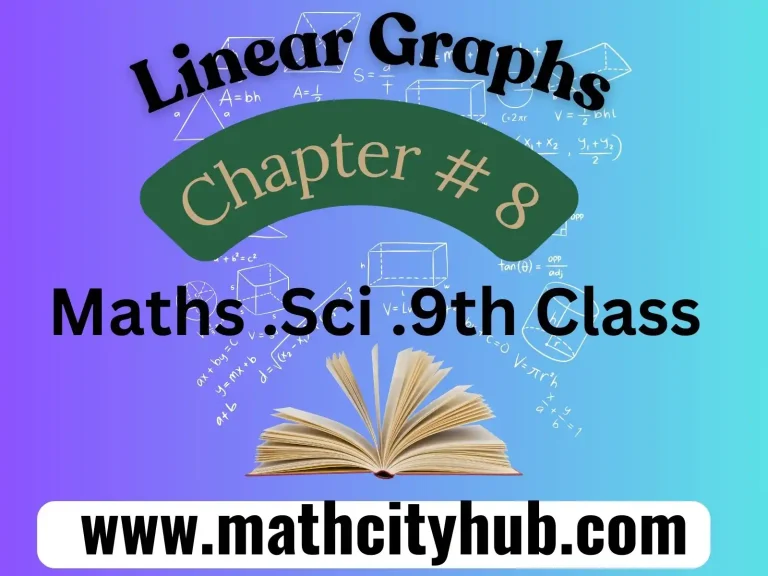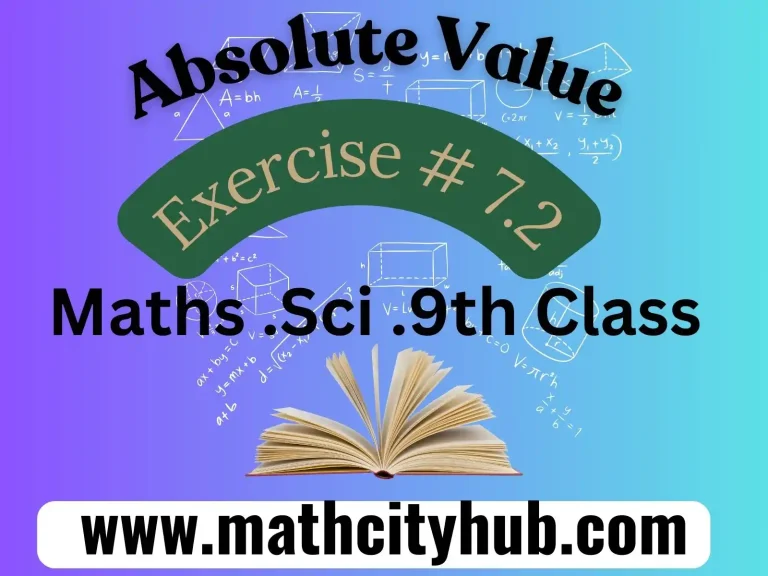Introduction
Exercise.3.1: Scientific Notation: Imagine peering into a microscope and witnessing the intricate dance of molecules, or gazing at the cosmos and contemplating the vastness of galaxies.
In these realms, numbers behave differently. Simple digits fail to capture the immensity of a universe brimming with billions of stars or the minuteness of a virus barely visible under the most powerful lens. This is where the language of scientific notation comes in, offering a precise and compact way to express these cosmic giants and microscopic dwarfs. Exercise.3.1: Scientific Notation:
Scientific notation acts as a bridge between the everyday world of simple arithmetic and the awe-inspiring realms of science. It doesn’t shy away from the overwhelming scale of the universe, nor does it get lost in the infinitesimally small.
Instead, it empowers us to write these astronomical or microscopic figures efficiently, using a system that combines a concise number between 1 and 10 with the mighty powers of ten.
Think of it this way: instead of writing out a string of zeroes that stretches across the page, we can “bundle” those zeroes into groups of ten and assign each group a power.
This elegant solution keeps our numbers manageable while preserving their true magnitude. With a flick of the pen, we can write the distance to the nearest star (27 trillion kilometers) as a compact 2.7 x 10^12 kilometers, and the diameter of a hydrogen atom (0.0000000001 meters) as a precise 1.0 x 10^-10 meters. Exercise.3.1: Scientific Notation
This introduction merely dips our toes into the pool of scientific notation. Throughout this journey, we’ll delve deeper into its intricacies, learning how to convert numbers between standard and scientific form, perform calculations with these giants and dwarfs, and unlock the secrets they hold.
Brace yourself for an exciting voyage through the universe of numbers, where scientific notation acts as our trusty compass, guiding us through the grand scale of existence.
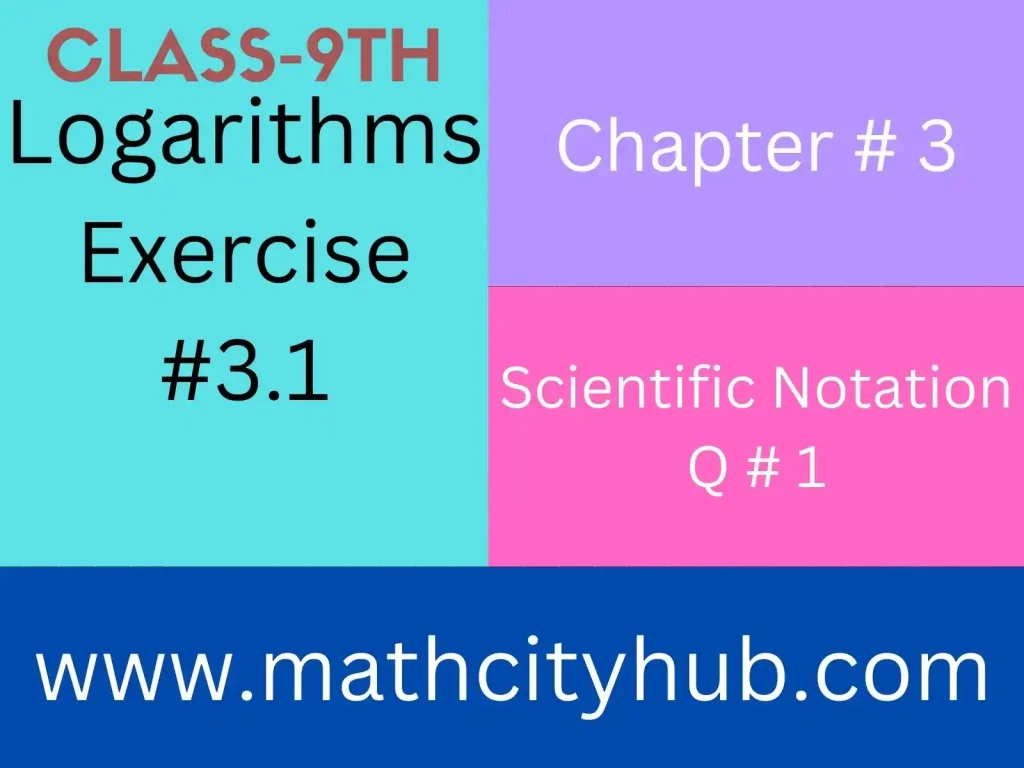
Definition
- Scientific notation is a powerful tool for writing extremely large or very small numbers in a compact and convenient way. It involves expressing a number as the product of:
- A significand: This is a single non-zero digit (between 1 and 10, excluding 10) followed by any number of zeros (if the number is small) or decimal places (if the number is large).
- The base: This is always 10 in scientific notation.
- An exponent: This is a whole number indicating how many times the base (10) is multiplied by the significand. Negative exponents represent small numbers, while positive exponents represent large numbers. Exercise.3.1: Scientific Notation
- Here are some key points to remember:
- The significand represents the significant digits of the number. These are the digits that are important and contribute to the accuracy of the measurement.
- **The exponent tells you how many places the decimal point has been shifted to get the significand between 1 and 10. If the exponent is positive, the decimal point is shifted to the left that many places (making the number larger). If the exponent is negative, the decimal point is shifted to the right that many places (making the number smaller).
- Let’s look at some examples:
- 350,000,000 can be written in scientific notation as 3.5 x 10^8. Here, the significand is 3.5, the base is 10, and the exponent is 8. This means that we move the decimal point 8 places to the left (past the zeros) to get 3.5.
- 0.000000052 can be written as 5.2 x 10^-7. The significand is 5.2, the base is 10, and the exponent is -7. This means that we move the decimal point 7 places to the right (adding zeros) to get 5.2. Exercise.3.1: Scientific Notation
- Here are some additional examples:
- Earth’s mass: 5.97 x 10^24 kg
- Diameter of a hydrogen atom: 1.0 x 10^-10 m
- Speed of light: 3 x 10^8 m/s
- Age of the universe: 1.38 x 10^13 years
- Scientific notation is incredibly useful in science, engineering, and other fields where dealing with extremely large or small numbers is common. It makes calculations easier, saves space, and avoids long strings of zeros.

Questions & Answers
- Scientific Notation Quiz: Challenge Yourself!
- Express the following numbers in scientific notation:
- 7,854,321
- 0.00000345
- 921,000,000
2. Convert the following scientific notation expressions to standard form:
a) 2.7 x 10^5
b) 8.12 x 10^-9
c) 1.53 x 10^3
3. Perform the following calculations in scientific notation and express the answer in correct scientific notation:
a) (7.2 x 10^6) + (3.5 x 10^5)
b) (2.3 x 10^-4) x (5.1 x 10^-2)
c) (1.2 x 10^2) / (6.0 x 10^-3)
4. Bonus question: The diameter of a red blood cell is approximately 8 micrometers. Express this in scientific notation using meters as the unit.
Answers:
1.
a) 7.854321 x 10^6
b) 3.45 x 10^-6
c) 9.21 x 10^8
2.
a) 270,000
b) 0.0000000812
c) 1,530
3.
a) 1.07 x 10^7
b) 1.173 x 10^-6
c) 2.0 x 10^5
4. Bonus answer: 8 x 10^-6 meters.
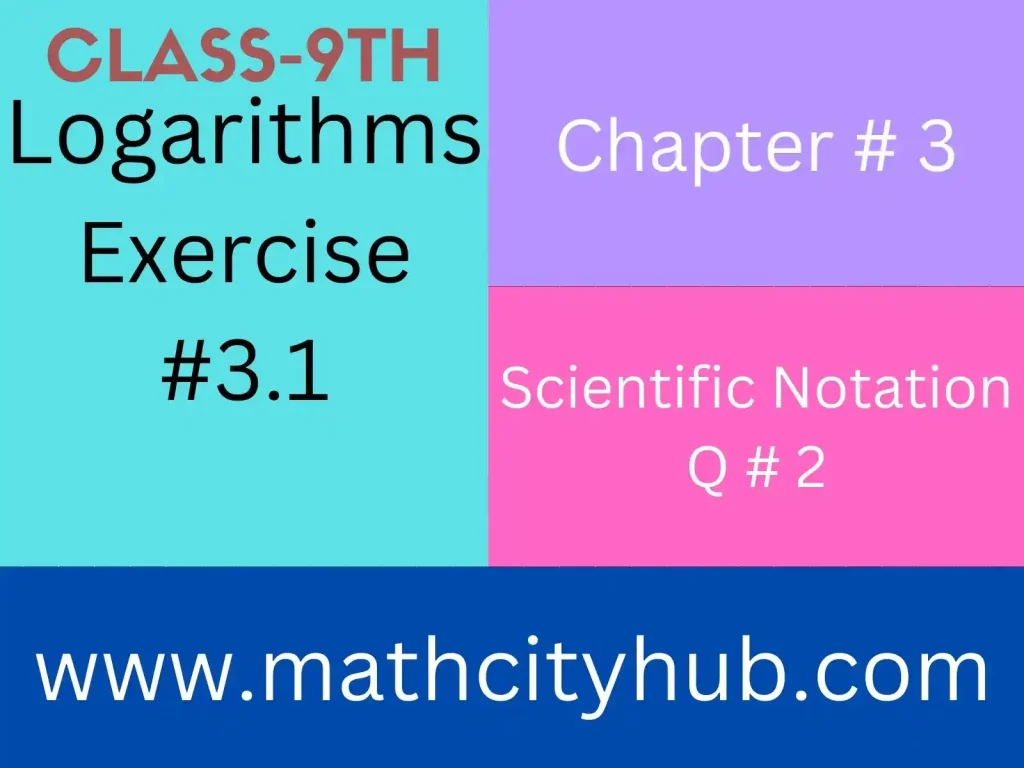
Conclusion
In conclusion, scientific notation is not merely a mathematical tool, but a powerful language that bridges the vast realms of the infinitely large and the incredibly small. Exercise.3.1: Scientific Notation
It empowers us to express the awe-inspiring scales of the universe, from the microscopic dance of atoms to the colossal galaxies stretching across light-years, with remarkable precision and efficiency.
This concise notation doesn’t shy away from the mind-boggling numbers that govern our world; it embraces them, offering a clear and compact way to express them without drowning in a sea of zeroes. With a flick of the pen, we can translate the diameter of a hydrogen atom (a minuscule 1.0 x 10^-10 meters) or the distance to the Andromeda galaxy (a staggering 2.52 x 10^22 meters) into easily understandable formats. Exercise.3.1: Scientific Notation
Beyond its practical benefits, scientific notation fosters a deeper understanding of the world around us. It allows us to compare and contrast the colossal with the infinitesimal, and to grasp the awe-inspiring scale of existence – from the delicate petals of a flower to the boundless expanse of the cosmos.
By appreciating its elegance and versatility, we can navigate the mysteries of the universe with newfound clarity and confidence.
So, as you embark on your journey through the world of numbers, remember the significance of scientific notation. It’s not just a set of rules, but a key that unlocks the secrets of the universe, one concise expression at a time.
Must Read:
Exercise.2.2: Properties of Real Numbers
Exercise.2.3: Radicals And Radicands
Exercise.2.4: Law of Exponents/ Indices
9th-Math-Ch-1-Review: Matrices And Determinants
Exercise.1.6: Solution Of Simultaneous Linear Equations
Exercise.1.5: Multiplicative Inverse a Of Matrices
Exercise.1.4: Multiplication Of Matrices
Exercise 1.3: Addition And Subtraction Of Matrices
Exercise.1.2. Types Of Matrices.
Exercise 1.1: Introduction to matrices
Math Full Book 9th Class
Exercise#3.1
Azam Bodla
M.Phil. Mathematics, Content Writer, SEO Expert
Web Developer, Online Tutor
Call or WhatsApp: +923059611600
Gmail:azambodlaa@gmail.com
